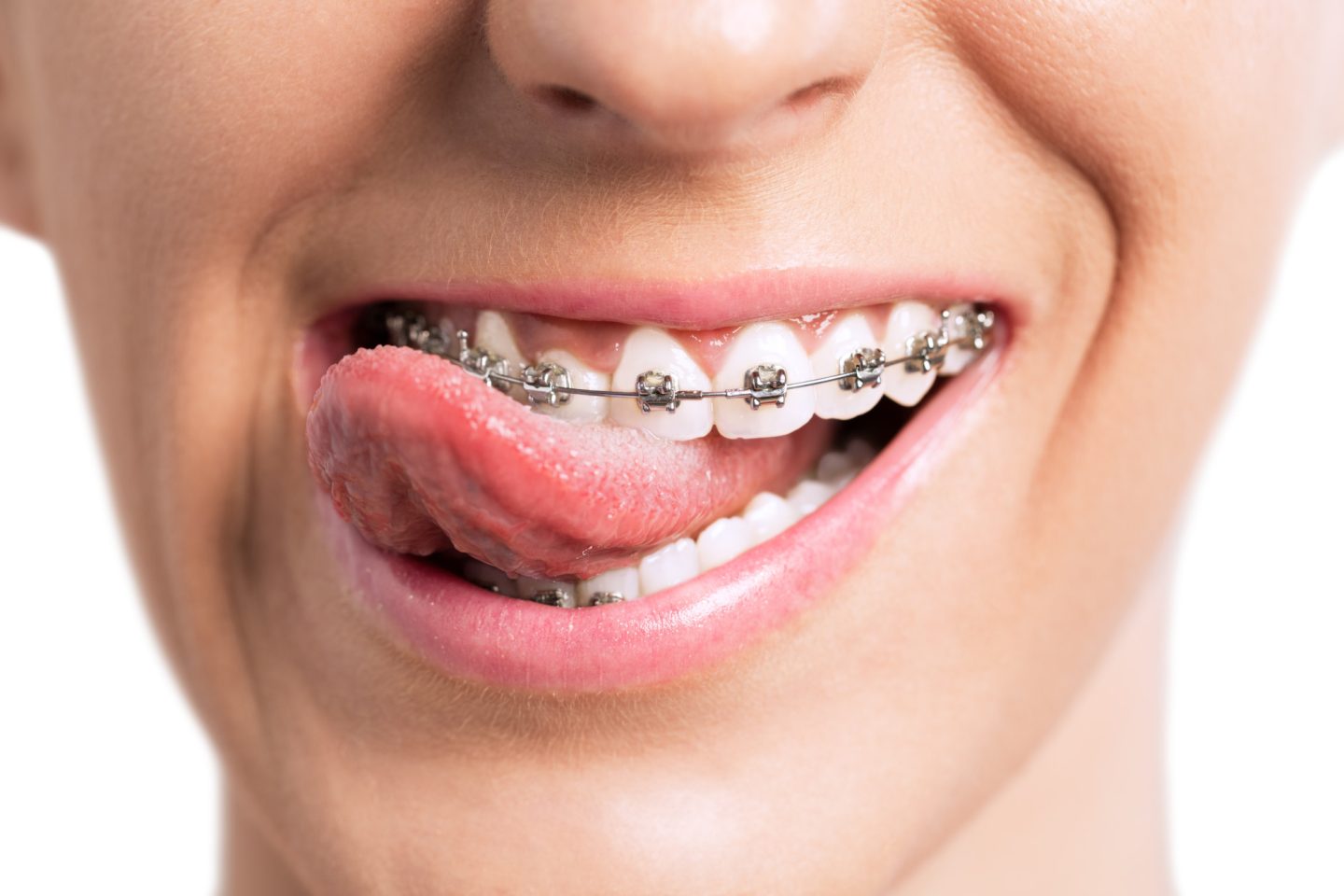
At least 4 million people are wearing braces in the US at any given moment, making them one of the most commonly worn dental accessories in modern history.
That’s likely no secret to you, though. Suppose you live in Yuba City, California, and have been considering braces for yourself or your child. In that case, you’re likely familiar with the traditional metal bracket-and-wire braces that most orthodontists offer.
However, your options for braces extend far beyond metal brackets — one popular option is self-ligating braces. But what are self-ligating braces, and why has it quickly become a widely endorsed method of straightening teeth? Read on to learn all about them.
Self-Ligating Braces vs. Traditional Braces
Self-ligating braces are a type of braces that have a built-in mechanism to hold the archwire in place. Yep, that means there is no need for additional elastic ties or metal wires. It also means that treatment with self-ligating braces is typically shorter and easier than traditional braces.
Why is it shorter? Well, the self-ligating nature of the braces means that your orthodontist doesn’t need to tighten them. You’ll still need to visit your orthodontist regularly. However, as a patient, this means that you may have fewer visits with longer wait times between them.
In addition, self-ligating braces don’t require elastics. This makes oral hygiene easier as they don’t trap as much plaque as traditional metal braces.
Benefits of Self-Ligating Braces
Self-ligating braces offer numerous benefits, including fewer appointments needed for application and adjustments. This makes the process easier and more convenient for patients.
Additionally, self-ligation braces are usually more comfortable than traditional ones. They feature low-profile brackets and don’t require the use of ties. Patients can also enjoy faster tooth movement, leading to shorter treatment times.
Finally, these braces employ a high-tech archwire design that allows for better control over tooth movement during treatment. In short, self-ligating braces provide many benefits that lead to a smoother patient experience during their orthodontic treatment.
Disadvantages of Self-Ligating Braces
The only real drawback here is the price. They can be more expensive than traditional braces. In some cases, insurance might not cover them either.
Aside from the one drawback, you can expect to experience slight pressure and discomfort throughout your treatment. Most people don’t feel pain necessarily. However, slight discomfort is normal during any orthodontic treatment. After all, your teeth are shifting into place!
Ultimately, it’s important to discuss the pros and cons of each option with a qualified orthodontist.
Are Self-Ligating Braces Okay for Kids?
Yes, they’re perfectly fine for children! In fact, they might even be better than traditional braces in some cases. Why? For all of the reasons listed above! Self-ligating braces are (in some cases):
- Easier to clean due to the lack of rubber bands
- More comfortable due to less tension on the teeth
- Easier to keep up with due to fewer orthodontist visits
Overall, self-ligating braces are a great option for both children and adults.
Explore Different Types of Braces
At Yuba City Orthodontics, we offer several treatment options, including self-ligating braces designed to suit your needs. The best way to understand which treatment option is best for you is to get in touch for a consultation. During your visit, we’ll be able to assess your smile needs and recommend a treatment that will help you achieve your goals.

